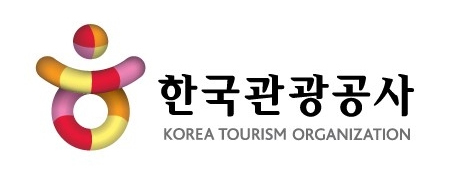
APRIL 18-21, 2017
|
News
Sponsors
Previous Events
Channels
Logo
You can download the logo here.
|
Placenta Maps: In Utero Placental Health Assessment of the Human FetusAbstractThe human placenta is essential for the supply of the fetus. To monitor the fetal development, imaging data is acquired using ultrasound (US). Although it is currently the gold-standard in fetal imaging, it might not capture certain abnormalities of the placenta. Magnetic resonance imaging (MRI) is a safe alternative for the in utero examination while acquiring the fetus data in higher detail. Nevertheless, there is currently no established procedure for assessing the condition of the placenta and consequently the fetal health. Due to maternal respiration and inherent movements of the fetus during examination, a quantitative assessment of the placenta requires fetal motion compensation, precise placenta segmentation and a standardized visualization, which are challenging tasks. Utilizing advanced motion compensation and automatic segmentation methods to extract the highly versatile shape of the placenta, we introduce a novel visualization technique that presents the fetal and maternal side of the placenta in a standardized way. Our approach enables physicians to explore the placenta even in utero. This establishes the basis for a comparative assessment of multiple placentas to analyze possible pathologic arrangements and to support the research and understanding of this vital organ. Additionally, we propose a three-dimensional structure-aware surface slicing technique in order to explore relevant regions inside the placenta. Finally, to survey the applicability of our approach, we consulted clinical experts in prenatal diagnostics and imaging. We received mainly positive feedback, especially the applicability of our technique for research purposes was appreciated. |














